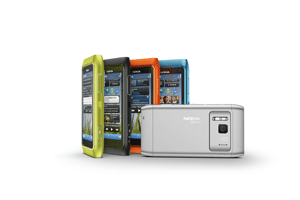Last updated April 12, 2019
 Iridium was once killed by cell phones, but the satellite phone maker, which owns the largest satellite fleet in the world, is having a second coming and is now depending on the very same technology that once destroyed it to secure its future. Regardless of their apparent ubiquity, cellular services actually cover as little as eight percent of the world, leaving massive regions of the globe where the only method of communication is by using a sat-phone, which is manufactured either by Iridium Communications Inc or one of its smaller rivals.
Iridium was once killed by cell phones, but the satellite phone maker, which owns the largest satellite fleet in the world, is having a second coming and is now depending on the very same technology that once destroyed it to secure its future. Regardless of their apparent ubiquity, cellular services actually cover as little as eight percent of the world, leaving massive regions of the globe where the only method of communication is by using a sat-phone, which is manufactured either by Iridium Communications Inc or one of its smaller rivals.
“The need for communications devices and services where terrestrial can’t be there is rising, and as bandwidth needs increase, it’s surely helping Iridium,” says Amy Yong, an analyst with Macquarie Research. This development has certainly not gone unnoticed by investors either, who have pushed up the company’s stock by almost twice as much again over the course of the last eight months.
“It’s a different company, with a prudent and successful financial model,” reckons Chris Quilty, an analyst at Raymond James. “They’re growing, they have extraordinarily high barriers to entry and some of the end markets and applications they’re targeting are vast and untapped.”
Unlike its rivals, the satellite constellation of Iridium covers the whole planet, including the poles, and it dwarfs its rivals’ fleets with an array of no less than 66 satellites. Iridium originally began selling satellite phones back in 1998, only to go bust just a year later due to high costs and the speedy growth of cell phone networks.